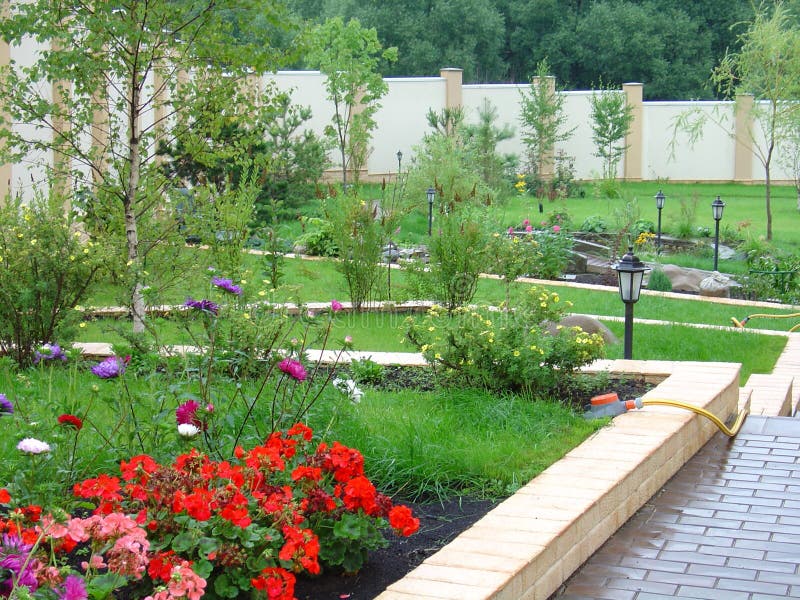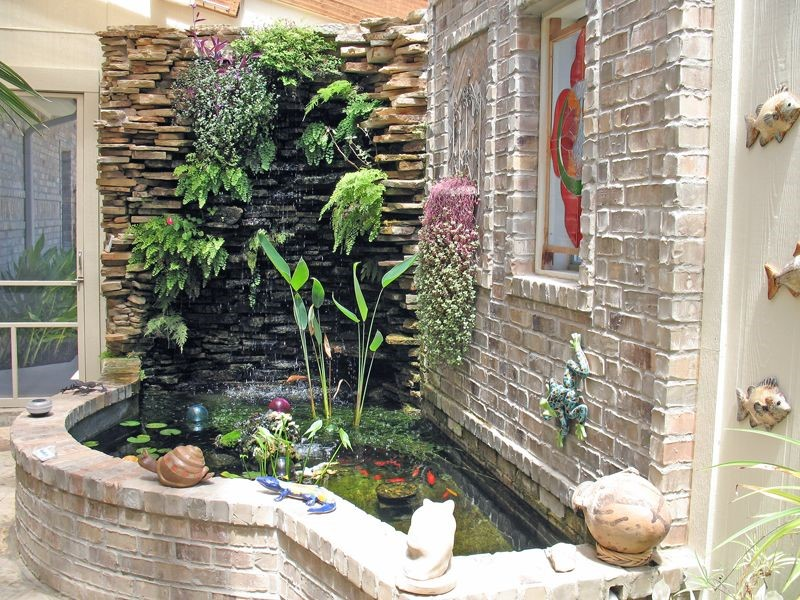When it comes to creating an inviting and captivating outdoor environment, landscaping is an art form that has the power to enhance the natural beauty of any space. From residential gardens to sprawling public parks, the meticulous design and arrangement of plants, hardscapes, and other elements can truly transform a landscape into a mesmerizing work of art. In this article, we delve into the world of landscaping, exploring its benefits, techniques, and the endless possibilities it offers.
At its core, landscaping is the practice of modifying and arranging the features of a piece of land to create a visually appealing and functional space. It goes beyond mere gardening and involves careful planning, design, and implementation. A well-executed landscape design not only adds aesthetic value to a property but also enhances its functionality, sustainability, and overall quality of life.

One of the key benefits of landscaping lies in its ability to create a harmonious connection between humans and nature. A thoughtfully designed landscape can evoke a sense of tranquility, provide a sanctuary for relaxation, and even improve mental well-being. By incorporating elements such as water features, colorful flowers, and lush greenery, a skilled landscaper can evoke various moods and atmospheres, turning an ordinary outdoor space into an oasis of serenity.
Landscaping also offers numerous environmental advantages. By strategically planting trees and shrubs, landscapes can provide shade, reduce energy consumption, and mitigate the effects of urban heat islands. Well-designed landscapes can also help manage stormwater runoff, prevent soil erosion, and promote biodiversity by providing habitats for birds, insects, and other wildlife. In an era where environmental sustainability is crucial, landscaping plays a pivotal role in creating eco-friendly spaces that benefit both humans and the planet.
The art of landscaping encompasses a wide array of techniques and elements. Plant selection and arrangement form the backbone of any landscape design. The careful combination of plants with different heights, textures, and colors creates visual interest and depth. The use of native plants not only ensures a harmonious integration with the local ecosystem but also reduces the need for excessive watering and maintenance.
In addition to plants, hardscapes such as pathways, patios, and walls can add structure and functionality to a landscape. These features, often constructed from natural materials like stone or wood, provide a framework that complements the organic elements of the design. Incorporating outdoor lighting, seating areas, and other amenities further enhances the usability and enjoyment of the outdoor space, extending its utility beyond daylight hours.
The process of landscaping requires a blend of creativity, technical knowledge, and practicality. A professional landscaper possesses a deep understanding of soil types, drainage systems, and plant requirements, enabling them to create landscapes that thrive in their specific environments. They work closely with clients to understand their needs, preferences, and budgetary constraints, translating them into a cohesive and personalized design that surpasses expectations.
Landscaping is not limited to private residences. Public parks, corporate campuses, and urban plazas can all benefit from skillful landscape design. In urban areas, green spaces serve as vital retreats from the concrete jungle, fostering a sense of community and promoting physical activity. Urban planners recognize the value of landscaping in creating sustainable, livable cities that prioritize the well-being of their residents.
In conclusion, landscaping is far more than just gardening or arranging plants. It is a creative endeavor that transforms outdoor spaces into captivating and functional environments. Whether it’s a small backyard or a vast public park, the art of landscaping has the power to enhance our connection with nature, improve the environment, and elevate our quality of life. By embracing the principles of landscaping, we can create outdoor spaces that are not only visually stunning but also sustainable, harmonious, and a true testament to the beauty of the natural


